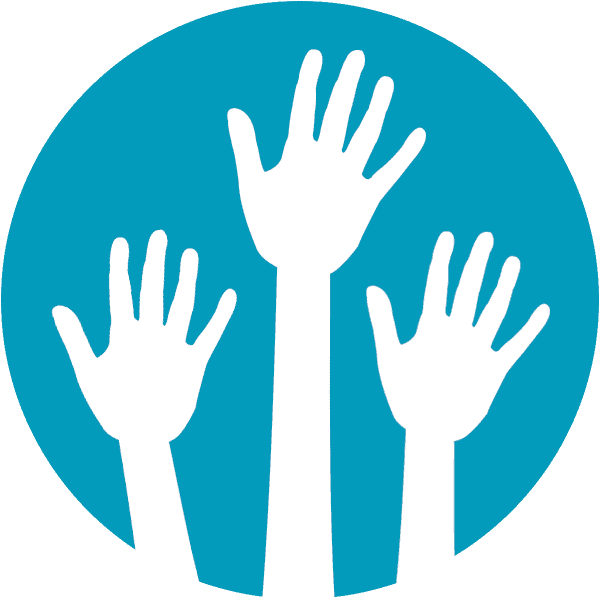Hand Dystonia
Dystonia of the Hand, Finger & Arm
Hand dystonia is a focal dystonia characterized by excessive, involuntary muscle contractions in the fingers, hand, forearm, and sometimes shoulder. Symptoms usually appear when a person is doing a task that requires fine motor coordination of hand and arm muscles.
Hand dystonia includes a group of disorders called occupational hand dystonias that affect musicians, golfers, or typists. The symptoms often occur only during a specific activity requiring use of the hand, such as playing an instrument, golfing, or typing. Writer’s cramp is a dystonia that is present when a person is writing. Hand dystonia may occur as an isolated focal dystonia or be a part of generalized dystonia.
Focal hand dystonia is characterized by excessive, involuntary muscle contractions in the fingers, hand, forearm, and sometimes shoulder.
Common manifestations include excessive gripping of a pen, flexion or extension of the wrist, elevation of the elbow, and occasional extension of a finger or fingers causing the pen to fall from the hand while writing. Sometimes the disorder progresses to include the elevation of shoulders or the retraction of the arm while writing.
Some cases of hand dystonia cause a sustained posture of the hand such as a bend in the wrist, a clenched fist, and/or contractions in the fingers.
Some cases of hand dystonia are task-specific, meaning that the dystonic symptoms occur only in the context of a specific activity such as writing or playing a musical instrument. When the hand is not being used for that particular task, the symptoms are not apparent.
Pain is typically more frequent in hand dystonia acquired from secondary causes. Isolated hand dystonia may include mild discomfort (cramping, aching) in the fingers, wrist, or forearm, specially while performing a specific task.
Scientists believe dystonia symptoms result from improper signals in the nervous system that cause muscles to contract involuntarily. Researchers and doctors do not yet fully understand the neurological mechanisms that cause this abnormal muscle contraction.
Most cases of hand dystonia represent isolated dystonia, meaning that there are no identifiable causes for the dystonic symptoms. Hand dystonia may occur in conjunction with early onset generalized dystonia, which affects the limbs and multiple muscle groups simultaneously.
Isolated hand dystonia occurs mainly in patients with no family history of the disorder. Only 5-25% of individuals have a family history of dystonia.
Hand dystonia may be acquired as a consequence of injury, peripheral nerve damage, or spinal cord lesions. Symptoms of acquired hand dystonia may persist even when the hand is at rest, there may be a greater frequency of pain, and there may be additional symptoms beyond those affecting the hand.
No single strategy is appropriate for every case of hand dystonia. One of the most effective methods is to adapt tasks to diminish or avoid triggering the dystonic movements. This may involve occupational therapy or using assistive/adapted devices.
A multitude of drugs has been studied to determine benefit for people with writer’s cramp, but none appear to be uniformly effective. About 5% of people’s symptoms improve with the use of oral medications including anticholinergic drugs, such as Artane® (trihexyphenidyl) and Cogentin® (benztropine).
Botulinum neurotoxin injections into selected muscles may be helpful. The injections are often given with electromyography (EMG) or ultrasound guidance, and must be repeated every three to six months.
Treatment with botulinum neurotoxin may cause muscle weakness, causing limitations in fine motor control. Although this treatment is not effective for all people, significant improvement of dystonic posture and reduction of pain have been reported in up to two-thirds of those persons treated.
The kind of physician who is typically qualified to treat hand dystonia is a neurologist who specializes in movement disorders. Occupational therapy with a professional who understands dystonia can be extremely helpful.
Hand dystonia typically begins subtly and slowly, with gradual progression. Symptoms then plateau and remain relatively stable. A little less than half of individuals with hand dystonia develop a tremor. When hand dystonia develops in children, the possibility exists that it marks the beginning of early onset generalized dystonia. Isolated hand dystonia in adults typically begins between the ages of 30 and 50 years old and affects both men and women.
Living well with hand dystonia is possible. The early stages of onset, diagnosis, and seeking effective treatment are often the most challenging. The symptoms may vary from mild to severe, and fluctuate from day to day. Individuals may have to learn new ways to accomplish daily tasks, particularly those using fine motor movements.
Individuals living with dystonia are strongly encouraged to:
• Seek out the best medical care.
• Educate yourself about dystonia and treatment options.
• Develop a multi-layered support system of support groups, online resources, friends, and family.
• Seek expert mental health professionals to diagnose and treat possible co-existing depression or anxiety disorders.
• Investigate complementary therapies.
• Get active within the dystonia community



